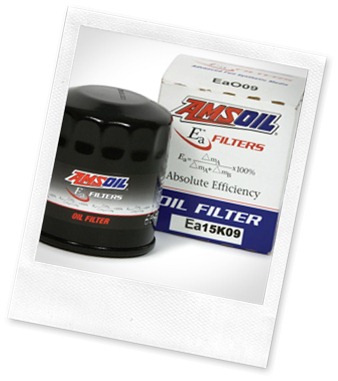Cars are fast becoming a necessity instead of a comfort, and with the rising prices it is necessary that one should look at various aspects before they decide to buy a car. While there are several brands and models that are available today, there are very few cars that have caught my eye in these past years. Here is a list of my top five favorite cars.
No other car speaks of masculinity and attitude than the Jeep. Some might consider the jeep to be a bit expensive to maintain, but all is forgiven due to the strength and quality drive that it offers while on the road. The Jeep can be used for off road as well as on road purposes. Whether you term it as your best friend, or the original 4×4 or the SUV that started it all, the Jeep is known for being a daunting force on the road. Over time there have been several modifications and enhancements of the Jeep, but the original barebacked Jeep is still my favorite. The usability and terrain taming prowess of the Jeep can be imagined by the fact that several countries use the Jeep as an army traveling vehicle. The Jeep is also used by civilians and as a general purpose vehicle. It is also seen used by many businesses, organizations and companies for their transport requirements.
The Jeep is the most wanted and available vehicle at a rural area car lease market, because of the durability and fuel economy, it is one of the most easily suggested cars for leasing.
One look at the design of the Chevrolet Camaro and men will be sold for this one. The design is something unique, and would definitely remind the men of the fantastic cars that they played with when they were young. Available in hard roof and convertible version, I do not think many would want to take anything away from this monster of a design. The Camaro got the look right in the first generation, but the fifth generation Chevy Camaro can be considered manna from heaven from those looking for muscle cars. The Camaro is an interesting car for vehicle leasing, because it is used for several professional sports. If you are looking for your first car, you should give a good, hard look to the Chevrolet Spark. This small car has a fuel efficiency that makes it the budget buyer’s favorite – and in many countries it is marketed as the car for youngsters, it has all the bells and whistles that would cater to this market. This car is a simple to use and easy to drive car. Most people new to cars and driving should elect this car for lease when they are at the driving school – it would make their driving life much easier.
City is a brand name that has remained with Honda since the past two decades. They had retired the brand name a few years ago, but revived it with a four door hatchback sedan. The Honda City is still the chosen car for lease by professionals and the corporate world, and is considered to be a good buy for professionals who would routinely travel between city and rural areas.
When it comes to smart small cars, the Chevy Spark and the Nissan March first come to mind. The March is considered to be one of the most user friendly and easy to use car for people who are new to cars, and people who are veteran car owners vouch for the durability of the car.
Car lease is made easy with Leasing Options who specialise in car for lease options.




